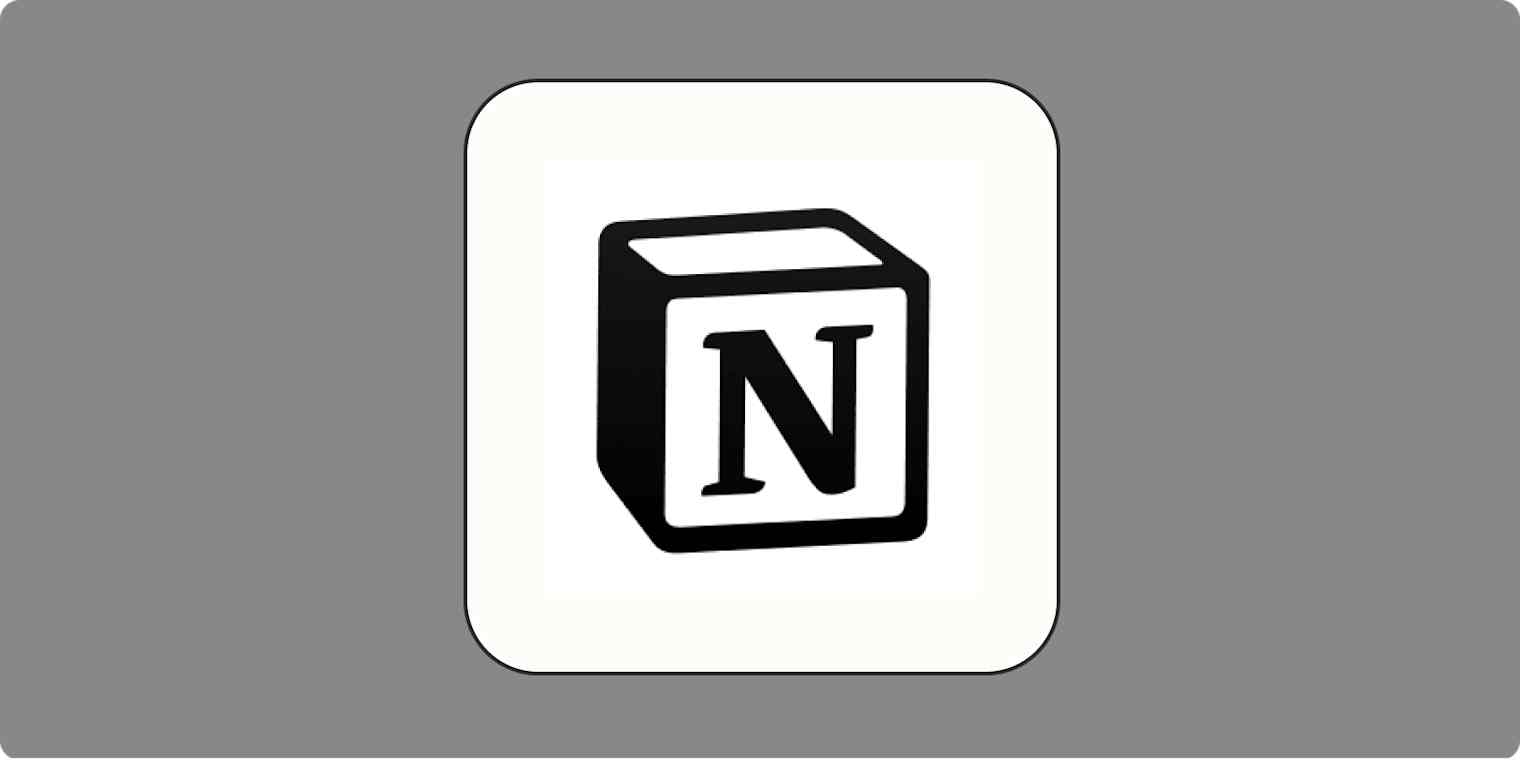App tips
5 min readHow to create a reading list in Notion (with template)
Use this Notion book tracker template to keep tabs on your progress.
By Ellie Huizenga · January 24, 2023

Get productivity tips delivered straight to your inbox
We’ll email you 1-3 times per week—and never share your information.
Related articles
Improve your productivity automatically. Use Zapier to get your apps working together.





